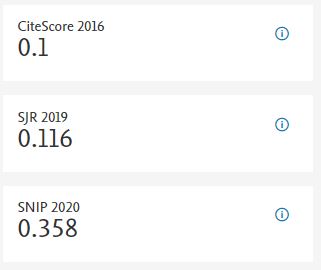Presidential v/s parliamentary democracy: A comparative analysis
Abstract
More than half of the globe is currently governed by democratic systems that allow voters to cast votes. Such democratic governments could be either direct or representative. Today, representational democracies can be divided into two categories: both presidential and parliamentary democracies.The birth and continued existence of the popular branches are the fundamental characteristics that set parliamentary governance apart from presidential government. In addition to the parliamentary and presidential systems, a hybrid system that combines elements of both is also possible.The degree of authority separation between the legislative, executive, and executive branches is the main distinction between such systems.A further important difference between presidential and parliamentary systems is how the executive and legislative branches interact.Comparing the presidential system to the parliamentary system, the former is significantly more stable. The Prime Minister is in charge in a parliamentary system of government. The parliamentary system in place in India offers representative government, which is perfect.














